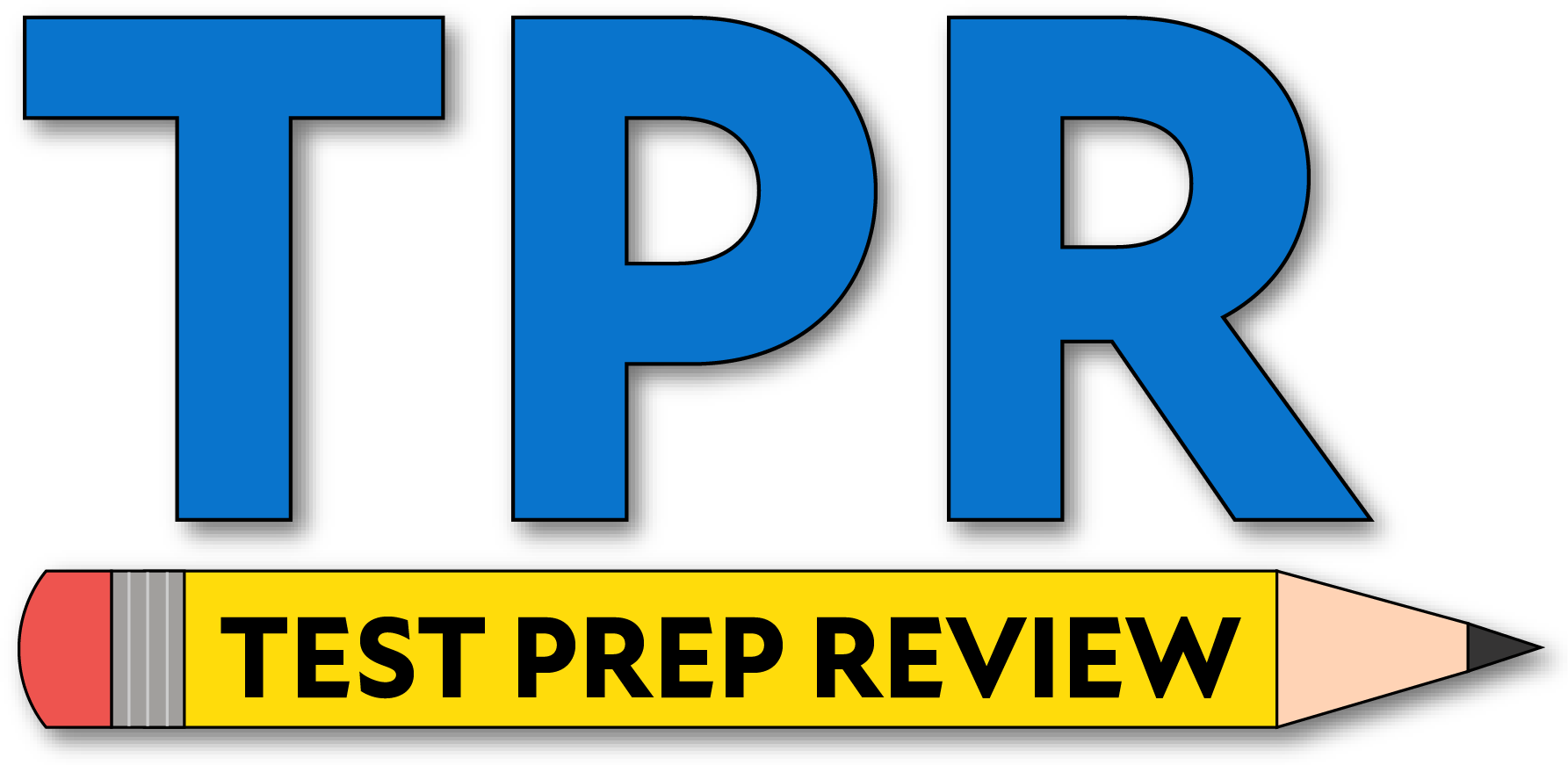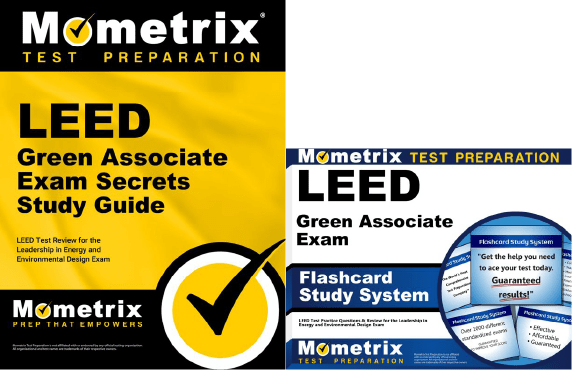If you need help studying for the LEED Green Associate exam or just want some more information about what the exam is like, you’ve come to the right place.
Click below to take a free LEED Green Associate practice exam!
What’s on the Exam?
How to Register
Exam Scores
Retaking the Exam
What Test-Takers Are Saying
FAQs
Exam Eligibility
There are no strict eligibility requirements for the exam, but it’s recommended that you have some exposure to LEED and green building concepts via educational courses or volunteer work.
What’s on the Exam?
First, let’s talk about the questions on the exam. There are 100 multiple-choice questions total, but only 85 of the questions will count toward your score. Why is that?
The 15 unscored questions on the exam are called “pretest” questions. These are added to the exam to determine if they’re good enough questions to add to future versions of the test.
The trick is that you won’t have any way of knowing which questions are scored and which ones are pretest. They will appear just like the scored questions throughout the test.
The time limit for the exam is 2 hours. There aren’t any scheduled breaks, but you’re free to take restroom breaks as needed.
Let’s take a closer look at the different sections of the LEED Green Associate exam.
1. LEED Process
16 questions
- Organization fundamentals
- Structure of LEED rating systems
- Scope of each LEED rating system
- LEED development process
- Credit and impact categories
- LEED certification process
- Other rating systems
2. Integrative Strategies
8 questions
- Integrative process
- Integrative project team members
- Standards that support LEED
3. Location and Transportation
7 questions
- Site selection
- Alternative transportation
4. Sustainable Sites
7 questions
- Site assessment
- Site design and development
5. Water Efficiency
9 questions
- Outdoor water use
- Indoor water use
- Water performance management
6. Energy and Atmosphere
10 questions
- Building loads
- Energy efficiency
- Alternative and renewable energy practices
- Energy performance management
- Environmental concerns
7. Materials and Resources
9 questions
- Reuse
- Life-cycle impacts
- Waste
- Purchasing and declarations
8. Indoor Environmental Quality
8 questions
- Indoor air quality
- Lighting
- Sound
- Occupant comfort, health, and satisfaction
9. Project Surroundings and Public Outreach
11 questions
- Environmental impacts of the built environment
- Codes
- Values of sustainable design
- Regional design
How to Register
To get started, you’ll need to submit an application on USGBC’s website. The application will ask you for your contact information and any necessary ID documentation (among other things).
When you submit the application, you’ll also need to submit the testing fee, which is $250. If you’re a USGBC member, you’ll only have to pay $200.
Exam Scores
The test is scored using a scaled scoring method. Here’s how it works:
For every question you answer correctly, you get one point added to your raw score. At the end of the test, your final raw score will be converted to a scaled score. This scaled score will range somewhere between 125 and 200.
The reason your raw score is converted to a scaled score is because everyone who takes the test is given a slightly different set of questions. Since everyone has a different arrangement of questions, and because some questions are harder than others, converting your raw score to a scaled score ensures a more even playing field.
Retaking the Exam
If you didn’t get a passing score on your first try, that’s okay! You can re-register to take the exam again.
Keep in mind that you will have to pay the full testing fee every time you retake the test.
What Test-Takers Are Saying
Don’t just take our word for it! See what real test-takers are saying about the LEED Green Associate exam:
“There were a couple of questions that caught me off guard, such as ones about scope 1 greenhouse emissions and receptacle load. In those instances, I had to make educated guesses and chose answers randomly.”

Witty-Opportunity985
“The exam itself was trickier than I thought. Maybe I got unlucky with some of the questions, but some of those questions were too short as well as the multiple choice answers. The wording was vague in my opinion and could have been interpreted in different ways.”

123_dsa
“I got one question about how many credit points are in the EA category of the LEED BD+C: New Construction rating system—I definitely wasn’t prepared for that and got me off guard.”

Strong-Elk-7270
FAQs
What is a LEED Green Associate?
A LEED Green Associate is a specialist in green building principles and strategies.
Does the LEED Green Associate certification expire?
Yes, it will expire unless you complete the continuing education requirements.
How many questions are on the LEED Green Associate exam?
The exam contains 100 questions.
What is the time limit for the LEED Green Associate exam?
The exam is timed at 2 hours.
What is the passing score for the LEED Green Associate exam?
You’ll need to get a final scaled score of at least 175 to pass.
How much does the LEED Green Associate exam cost?
The testing fee is $250 (USGBC members pay $200).
Mometrix Test Preparation is not affiliated with or endorsed by any official testing organization. All organizational and test names are trademarks of their respective owners.



 LEED Study Guide
LEED Study Guide LEED Flashcards
LEED Flashcards